Giving up is the only sure way to fail.
Gena Showalter
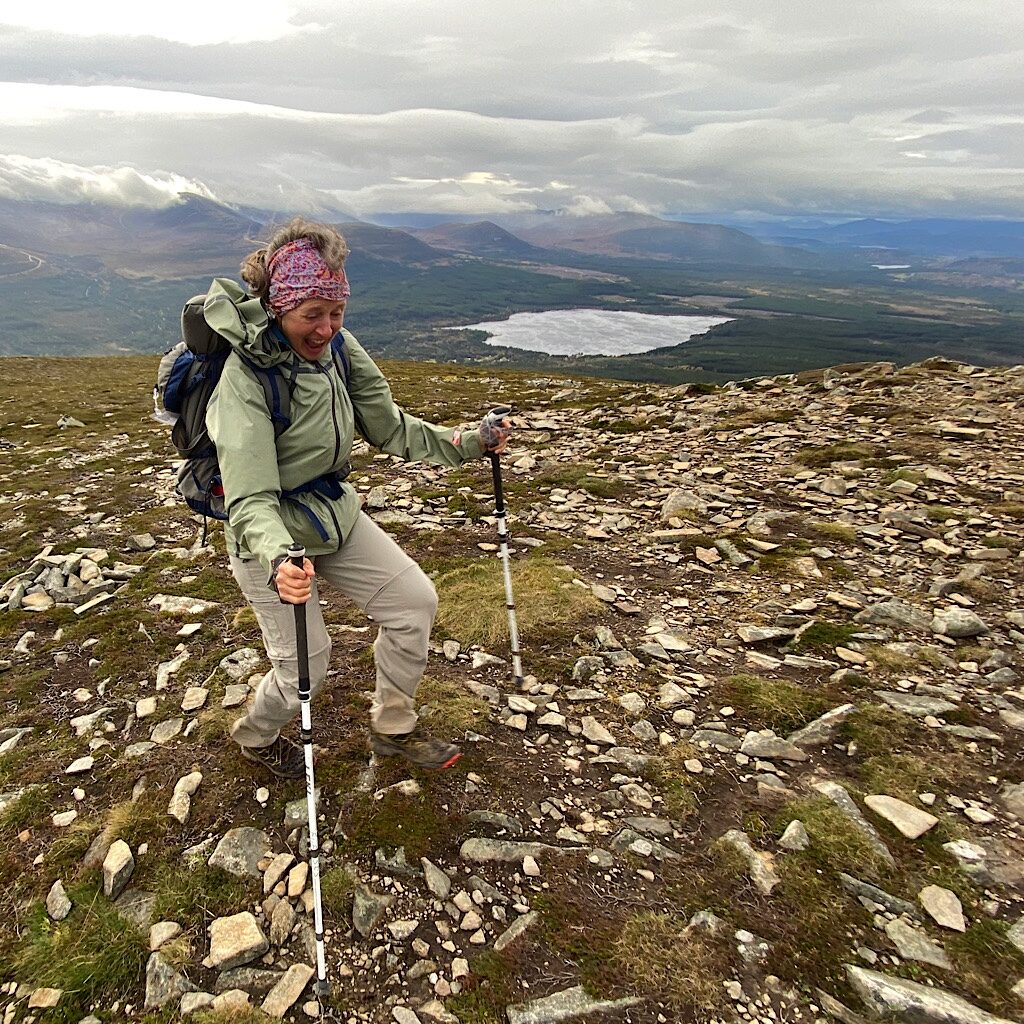
When Bill Bryson wrote his landmark book A Walk in the Woods chronicling his (mis)adventures on the Appalachian Trail, he summarized events by saying, “We walked it,” even though they completed about 1/3 of the actual mileage. His reasoning was they indeed walked and experienced the route in all the harsh weather it could dole out, with big climbs to summits that offered zero views, and with oftentimes quirky people. After 700 miles, it was enough and they moved on to other things.
In our case, the weather was so horrendous, we simply couldn’t keep moving forward in the usual way. Part of that was where we ended up when the heaviest rain hit with two possibly dangerous river crossings ahead in boggy, trackless country. Waiting it out was not an option because there was nowhere to stay but in the tent which was saggy under bent poles and the “escape route” was out a long, single-track road to a highway far from any town.
I was lucky that my partner drove his car to Fort William and once we hitched out, we could take a bus to retrieve it. That afforded us a peak-bagging day of the UK’s highest Munro, Ben Nevis, 4,413 feet above the loch we started from. It added a thrilling twist to the planned walk of climbing into cloud, rain, sleet and finally snow flying directly into our faces all while knowing a hot shower and warm meal awaited us below.
It’s easy to look back now and see how our choices worked out, but at the time, we debated every choice available from my flying home and returning at a more opportune moment, to trading the Lake District for this soggy nightmare, to visiting friends and calling ourselves “tourists” instead of walkers.
But somehow, we persisted.
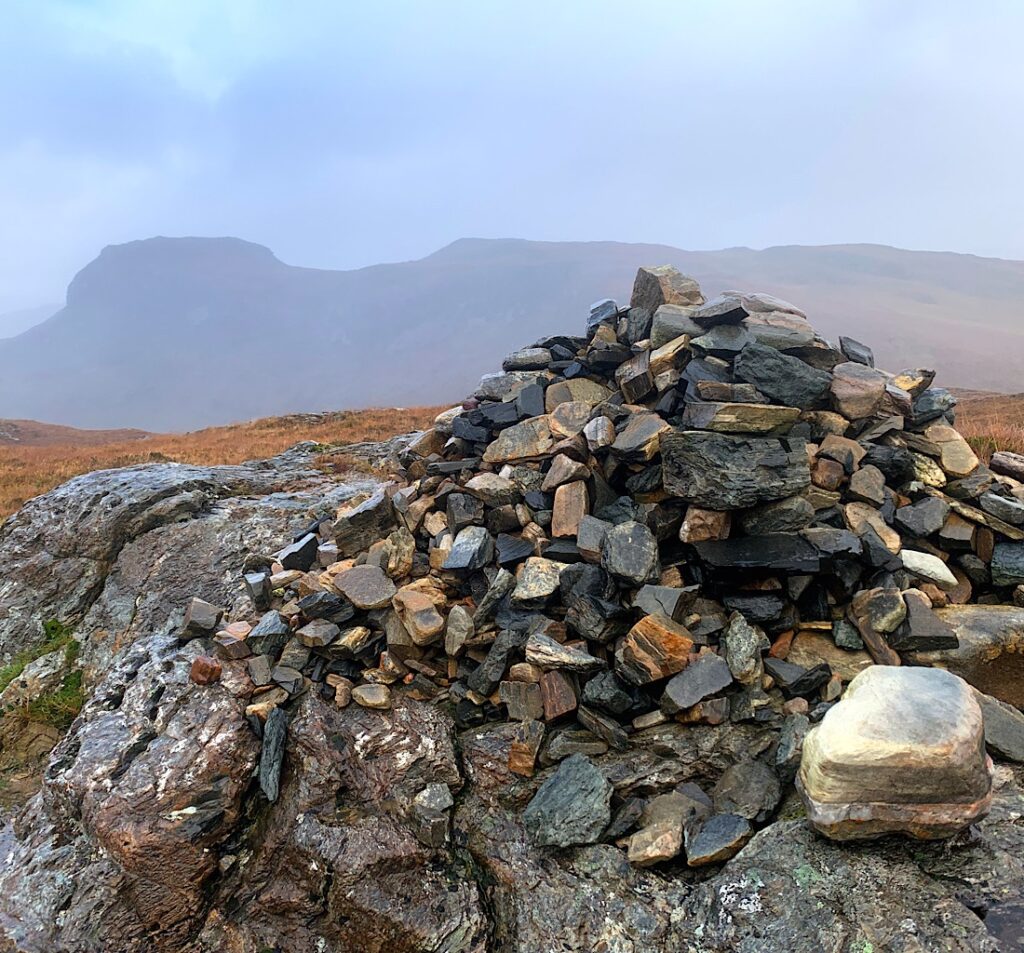
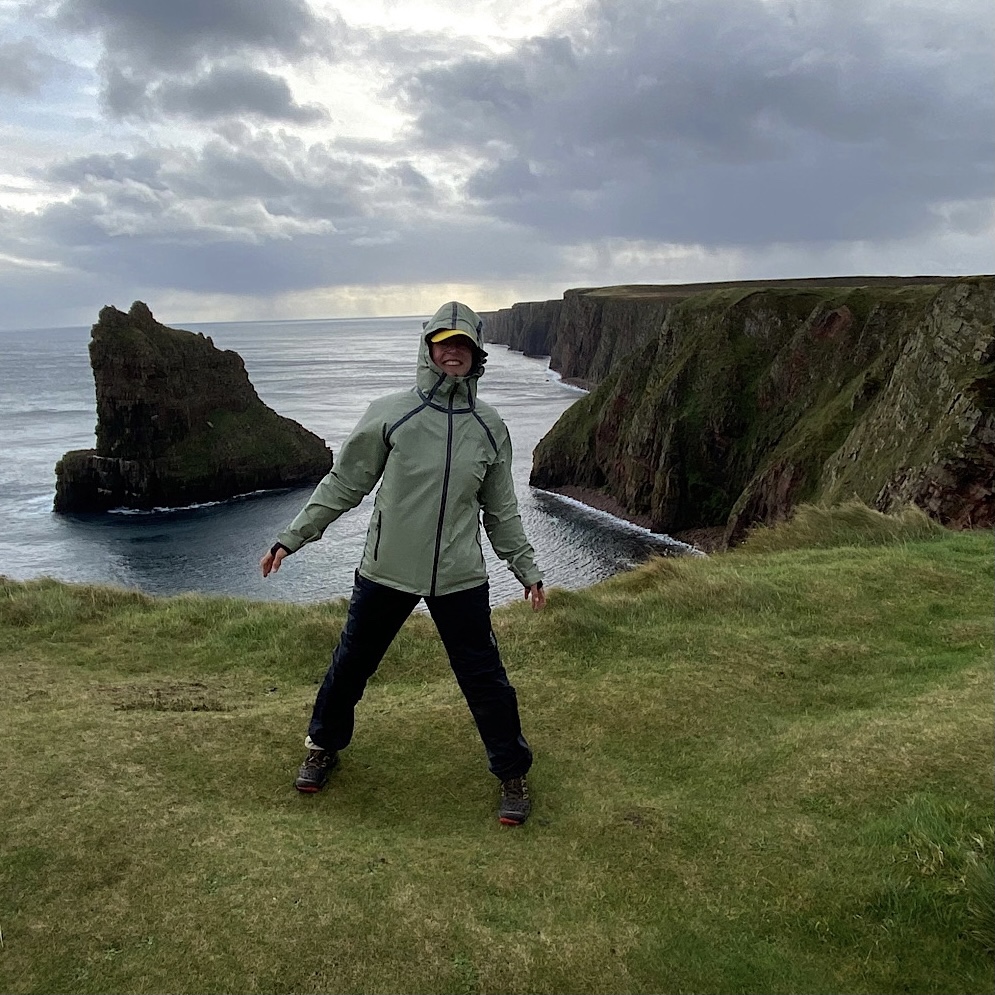
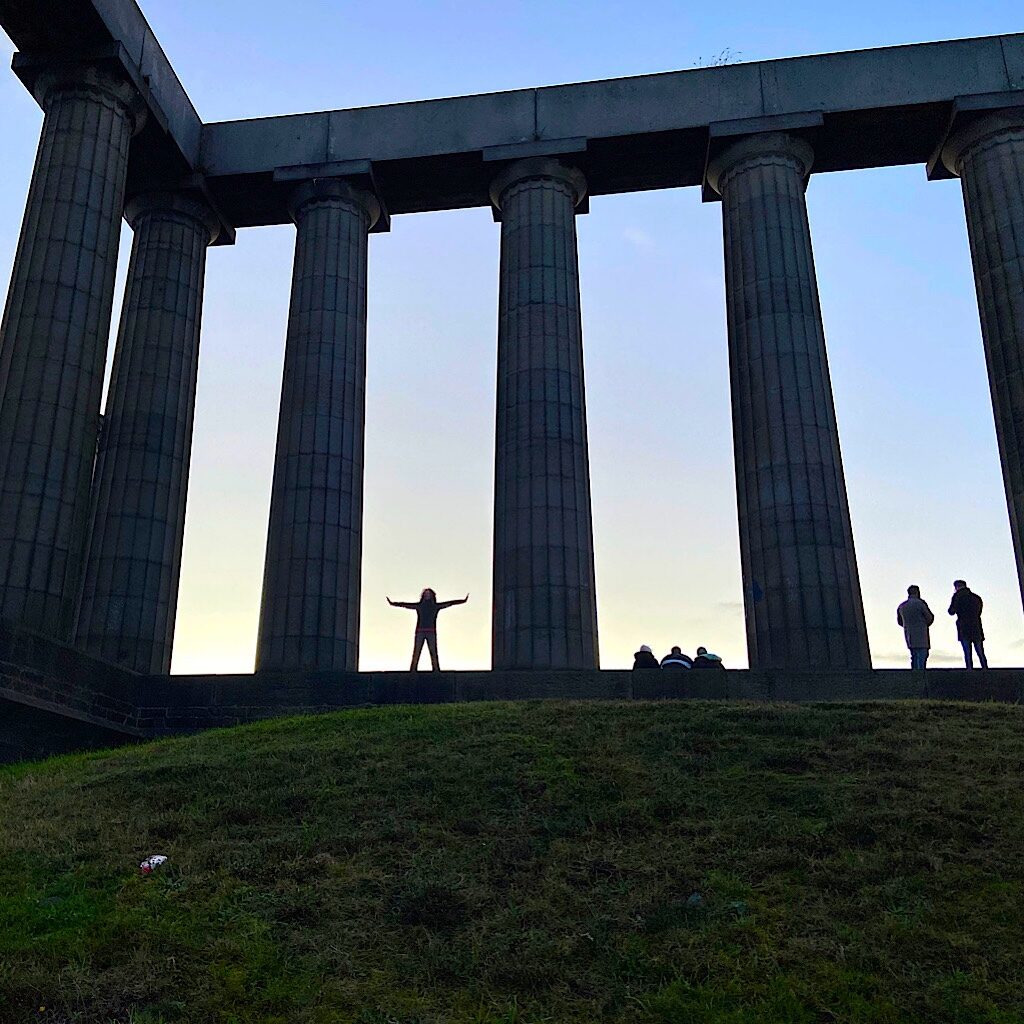
Having the car gave us the luxury – and safety – to pick and choose which parts we’d hike, but it added an awkward element of only being able to walk out-and-backs since there were not really any circular routes per se or anyone we knew well enough to pick us up at the other side.
Oddly enough, heading out to a bothy for the night gave us this wonderful taste of how walking is done in Scotland. The Mountain Bothies Association partners with estates to fix up cottages in remote locations, making sleeping out a far more enjoyable experience. Each one was unique in various stages of repair, comfort and location. Twice, we stayed two nights and explored and because of the wretched weather, we had them mostly to ourselves adding a special magic dust to the adventure.
In the end, we walked around 170 miles or so, missing our target of 230. Still, that’s an achievement considering the trip was on the precipice of being axed entirely. It also had the benefit of forcing creative thinking to choose the best spots to walk, and a willingness to let go when the going got so tough, it made no sense to keep plowing forward. It’s unlike me to quit, but calculated misery afforded challenge rather than a death-march, and plenty of stories to share – as well as experience gained.
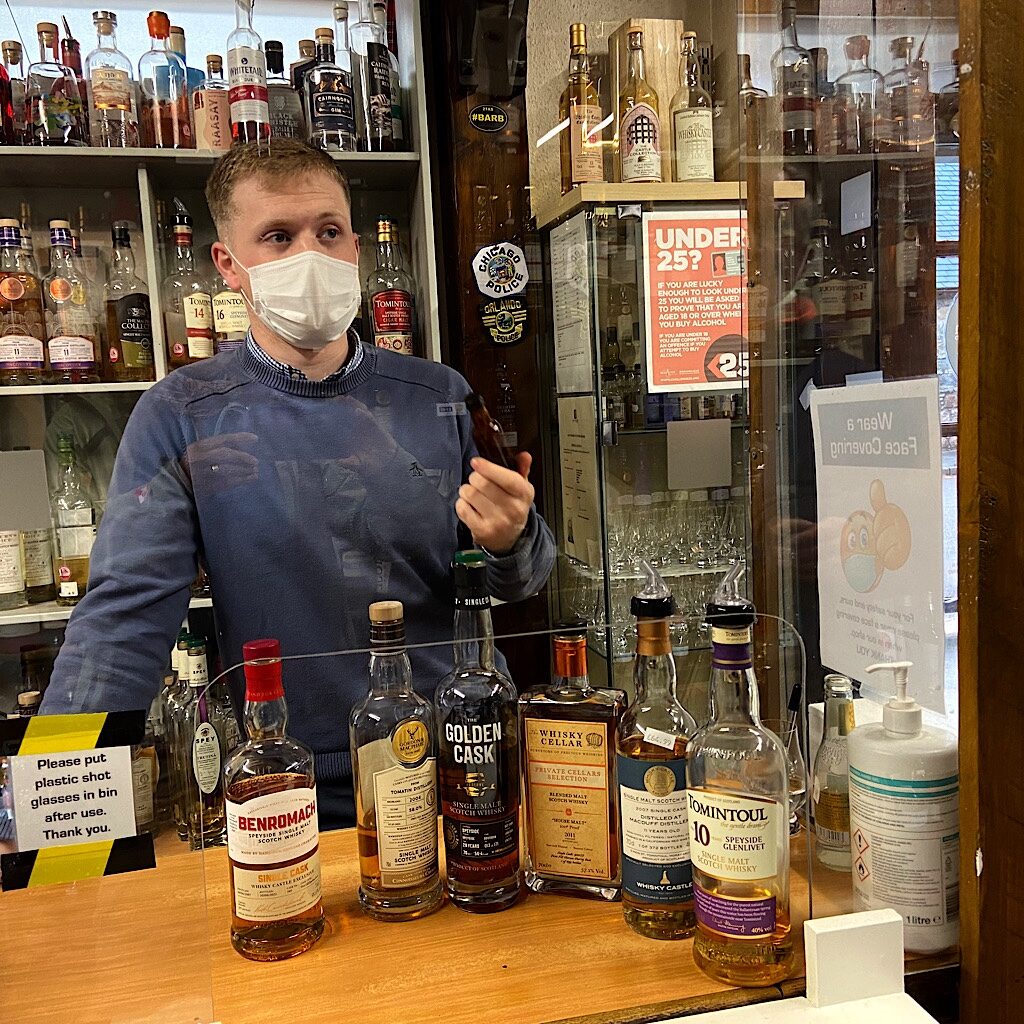
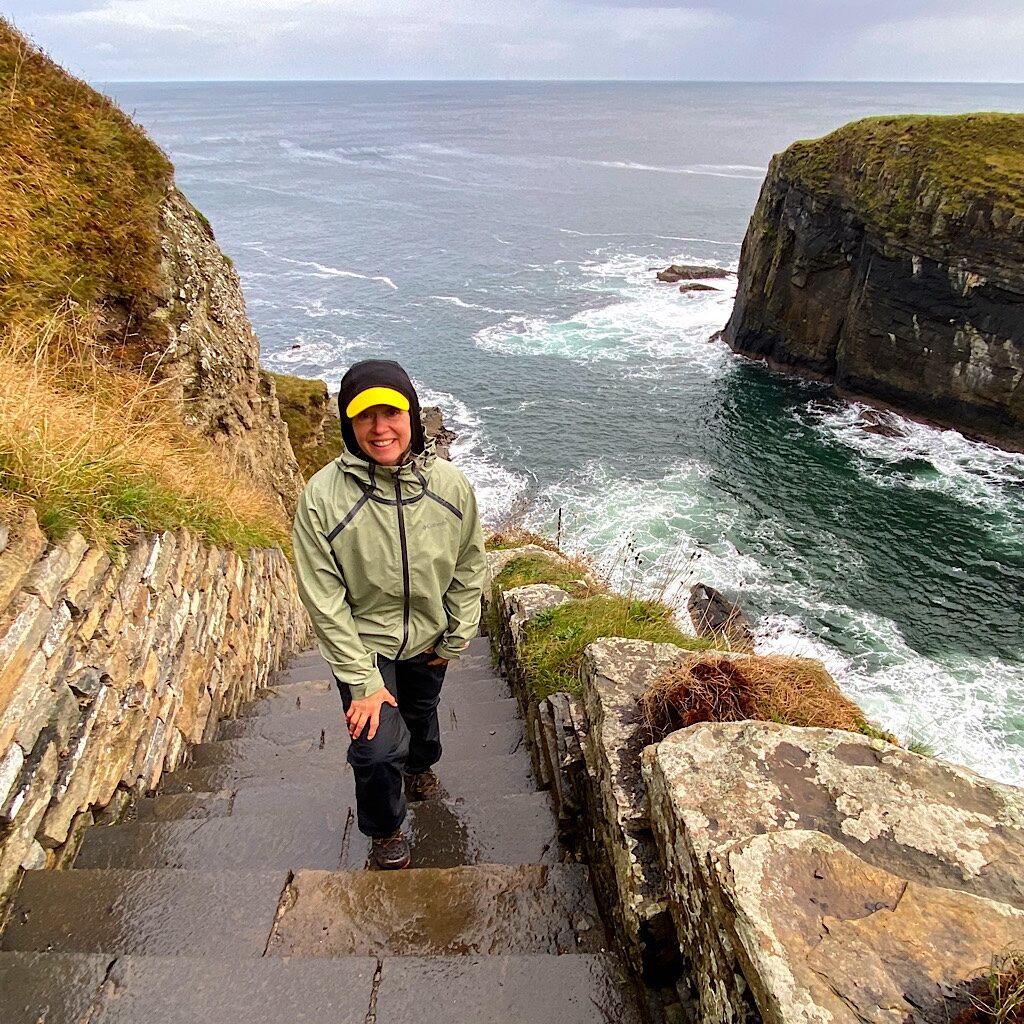

I know many of you are less interested in the gear I used as opposed to the views seen and puzzles I solved, so feel free to skip these next graphs if you like. Suffice-to-say, I made good choices in taking real rain gear which I wore every day plus a baseball cap which kept the sometime-brilliant sun out of my eyes and the nearly constant rain off my face (the raincoat visor is a joke)
The Granite Gear pack is one of the best I’ve ever used with 60 liters of space plus a “brain” for quick access. I normally only need 50 liters of space, but I carried the three-man Big Agnes tent each time we went out as a backup (Ted carried the poles) plus more clothing. The tent was large and comfortable for both our person and gear, but it proved far too flimsy for the big Scottish gusts. Besides, we bent the poles on day one. This resulted in the tarp touching the inner layer, creating small puddles and subsequently dripping on my head. In the future, I’ll pick up a low-profile double-skinned tent made for these conditions.
About clothes – layers is always the way to go, and, in these types of conditions, clothing to change into from hiking gear was an essential luxury. My rain gear kept me dry, but I was sweaty and feeling scratchy. Putting on fresh socks, tights and a wool top was better than any therapy session. Speaking of socks, my plan to wear a thin compression liner plus the Balega running socks kept any foot problem at bay. We had a little game to see just how long we could keep our feet dry – an hour? – before plunging into a burn or bog. I was wet all day, but never suffered a blister.
At the last minute, I put my clothes, sleeping bag and electronics inside water poof bags and inside a trash bag. It seemed like overkill, but the sheer amount of moisture was beyond comprehension. Even then, my sleeping bag had a kind of heavy dampness, but not so much I didn’t stay warm in the bothies. If you expect rain, go the extra mile. Ted used heavy-duty Sea-to-Summit water proof bags designed for boating, and that might have been a smarter choice than my ultra-light compression sacks.
He also packed his Jetboil. Lately, I’ve moved to the dark side and cold soak all my backpack meals, but on a cold and wet journey, a cup of tea and a hot meal can make all the difference to your mood. Besides, I needed the stove for my mussel feast at Glencoul.
One last note on the specifics of walking in this type of trackless, boggy and steep country – bring trekking poles. I’m always amazed when people on hiker blogs discuss the merits of walking with or without sticks. My first question is, “Have you ever hiked without a manicured trail?” Poles make the walker like a four-legged creature, helping them move with ease and power, while putting less stress not just on their knees, but on all the stabilizing muscles in their legs. They also act as a guide through lumpy ground where trap-door like holes hide beneath benign-looking mossy mounds or rocks lie in wait to trip you in dramatic fashion. This became obvious on a windy walk to sea stacks near John O’Groats in northeast Scotland where each step felt slightly risky and my arms were out as if wings to keep me balanced. A worthwhile investment!
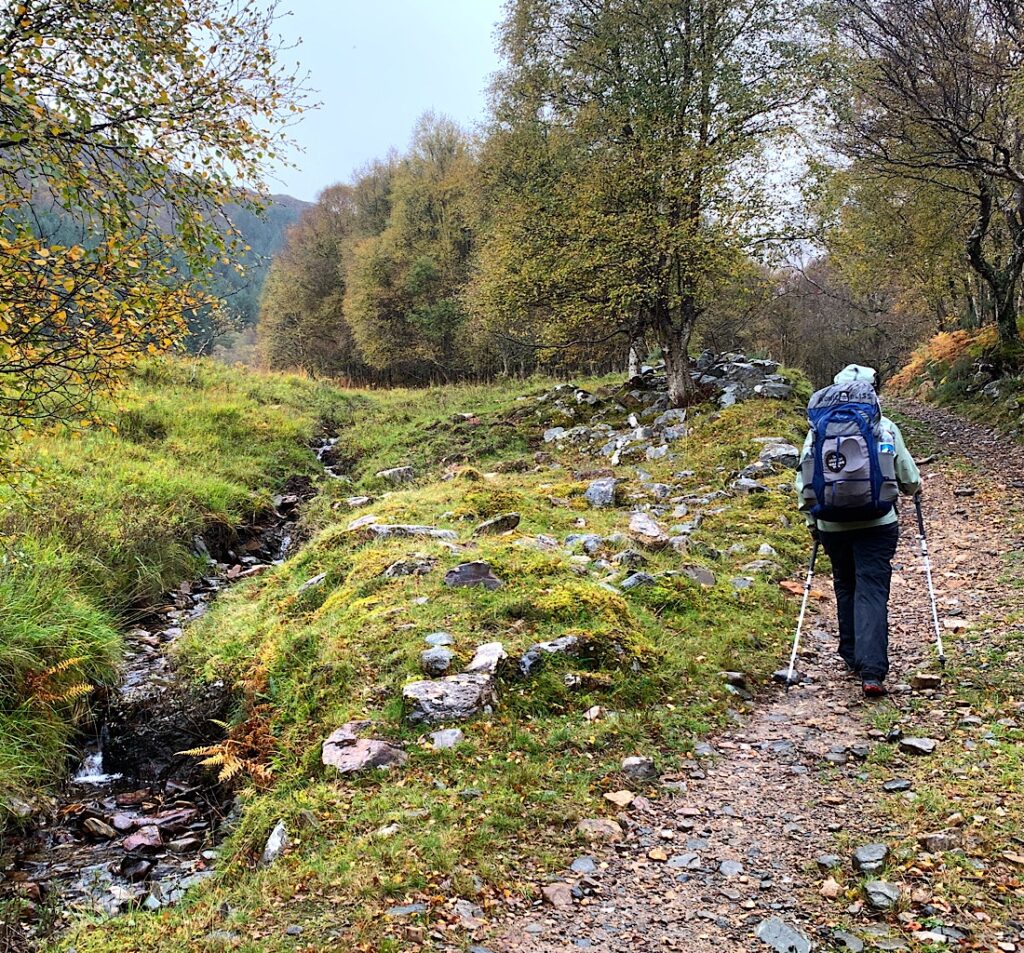
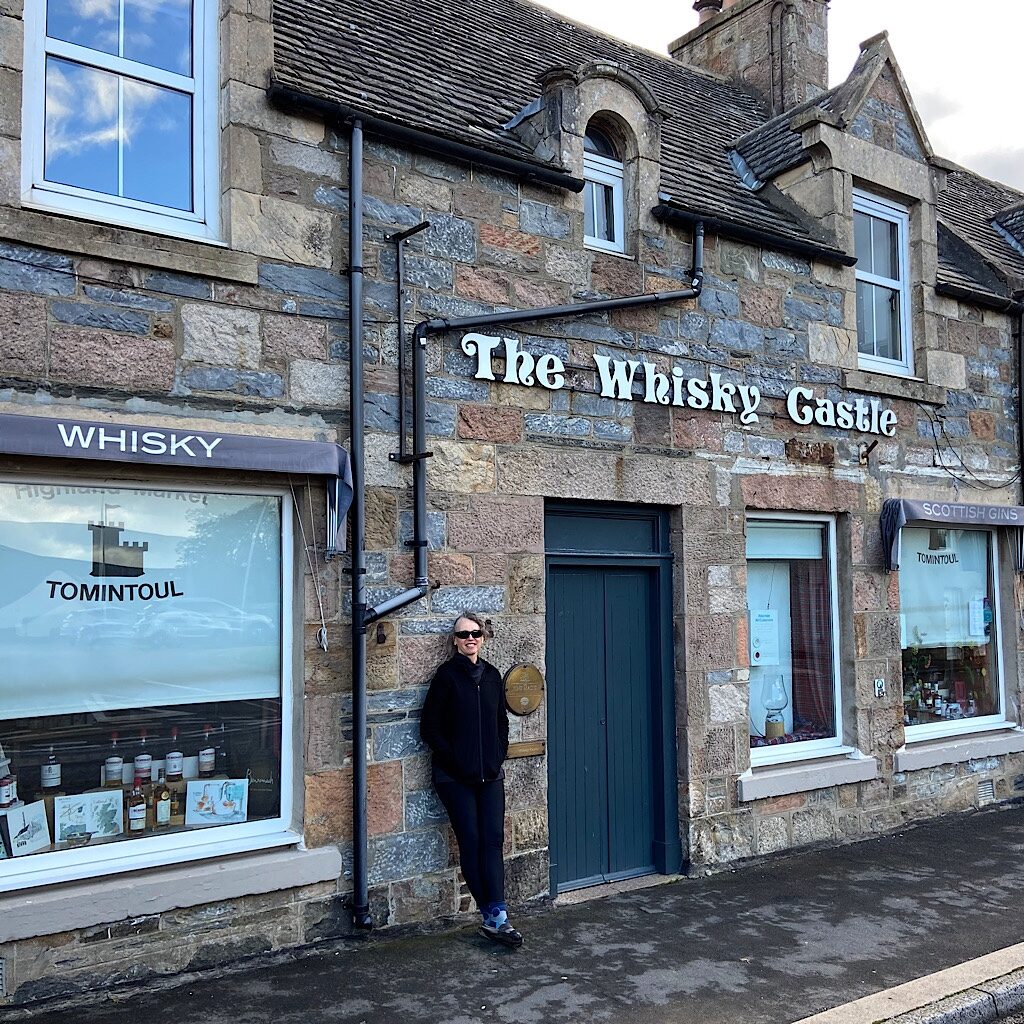
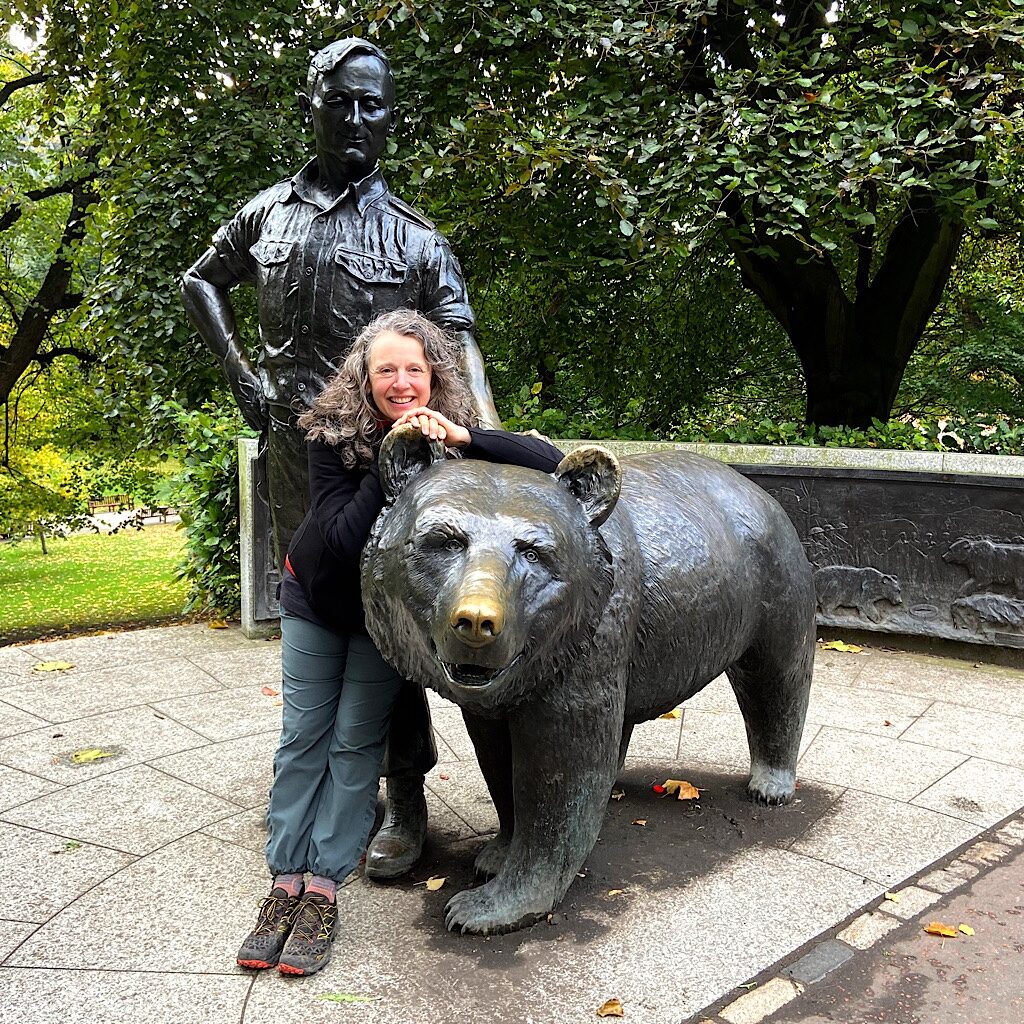
Being able to squeeze in the Cape in between raindrops was our most valued moment. It was hard, lonely and spectacular heading out there and turned our to be the most satisfying likely because it marked the end of the walk. Strangely enough, when we returned – a feat in itself as the weather increased n ferocity – we were unable to hike anymore.
Our plan was to take in one last bothy and use the remaining days to hike as many of the missed miles as possible. But we were turned back on our way to Shenavall Bothy on Loch na Sealga when the wind built to gale-force and the sleet started spitting in our faces. It didn’t help that the dead-easy track turned to a muddy hellscape and my phone began to fail, making navigating tricky in the high exposed place as the mist came right down.
We descended grouchy and disappointed, quiet as we licked our wounds until I suggested we simply get out of here. My thought was any more time spent trying to get miles was just going to make us more depressed and despondent, and besides it was starting to look pretty “samey.”
Ted had said at one point that even though he’s British, he’s never seen the most Northerly parts of Scotland. It would be a long drive, but we agreed to kiss the Western Highlands goodbye and drive east to Scrabster, John O’Groats, Thrumpster and Wick with their wide open rolling moorland set upon high cliffs above the roiling North Sea. We became tourists, visiting another Robert Stevenson lighthouse (the spitting image of Cape Wrath which we could drive to) walking out to massive sea stacks and down ancient steps to a fisherman’s cove.
We then headed to Aviemore in the Cairngorms waving to the Queen at Balmoral, lounging in the quirky Fife Arms, and climbing a “Corbett” (again in gale though without rain) a Scottish mountain between 2,500 and 3,000 feet. There was even time to have a private tasting at the Whisky Castle in Tomintoul and drive the highest road in Scotland to Edinburgh where the walk ended with a couple of hills on cobble stones.
Did I walk every last step of the CWT? No, I did not. But I kept going and found a creative way to catch its highlights, oftentimes in absolutely horrible weather that even the locals found surprising. Because my partner fetched his car, we had a fuller experience than most, and lapped up all the country could offer. I learned about disappointment, and coming to terms with the fact that things don’t always work out as you planned, that you often have to improvise and that holding too tightly to a given itinerary will, in the end, frustrate and keep you from enjoying what is possible.
As a “peak bagging” kind of gal, it certainly isn’t easy to let go of a goal, but oddly this walk opened up new avenues in my perception of what success looks like and for that, I am tremendously grateful.


10 Responses
Fabulous professional photos, as usual. Never an “amateur” one like most of us take!
thank you! I see the hike differently through lens. It helps me remember.
I meant to say that you are much more than one who simply “saunters,” You go after the goal one step at a time, but you get there.